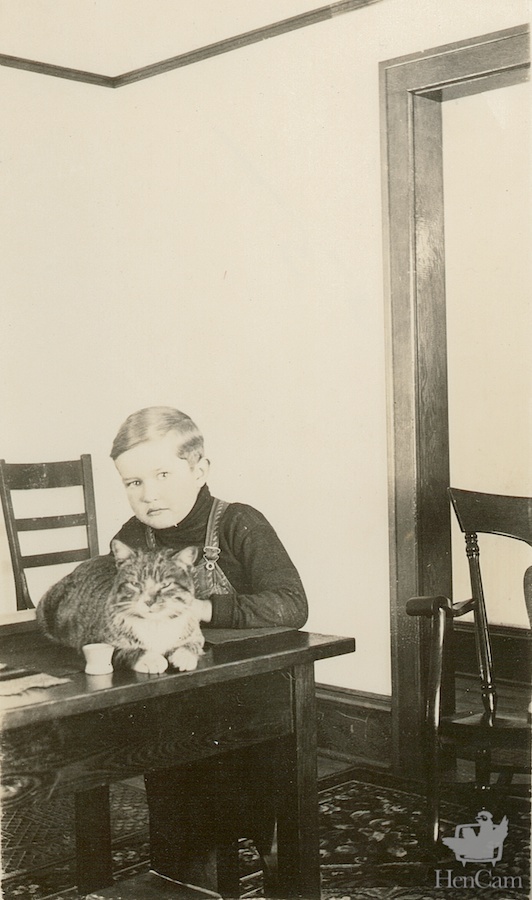One of the reasons that I like keeping chickens is that it gives me an excuse to have a barn in my backyard. I love barns.

Even if you have a small coop, you can still call it a barn! I think that barns have a beauty born of practicality and use. First and foremost, they have a purpose. Each design decision must make the animals’ needs a priority.
What your animals stand on can make the difference between health and sickness, can determine air quality, ease of cleaning, and predator control. Here are your coop flooring choices:
Dirt
Dirt is not a good idea. Yes, chickens love to dig in it, but that’s the only positive attribute. It holds onto ammonia, manure, parasites, and moisture. Predators can burrow in. I have friends who have an antique barn. They sectioned off a corner for their hens. Within a month they were overrun with rats. They moved the hens to what had been a concrete dog run, and the rat problem disappeared. I am not a proponent of the deep litter system, which is sometimes done on a dirt base. Read more about that here.
Wood
Wood provides some protection from predators if you repair and block off any gnawed-on boards. One downside of wood is that it can hold moisture. Also, mites can take up residence in wood and they are very hard to eradicate. Many prefab coops come with plywood floors, which, on the plus side, is inexpensive and is fairly easy to keep clean. For an added measure of tidiness, you can put down vinyl flooring. (You can find cheap remnants at carpet stores.)
Hardware Cloth
I only include this because I have recently seen prefab coops being sold with hardware cloth (sturdy wire mesh) floors. Chickens should not be kept for any length of time on wire! (The exception is the anti-broody coop, but that’s only 4 days.) Chicken feet will get sores, or worse, from wire. Hens can’t move easily on wire, and they can’t scratch. Some of these coops are coming from a manufacturer in Texas, who claims that they are perfectly suited for cold weather. They are not, as cold air will draft right up to your hen’s bottoms. Please avoid hardware cloth floors.
Concrete
This is the flooring that I prefer. It is predator proof. Here you can see the foundation of my barn. Nothing can get in.

Concrete is easy to keep clean. I actually enjoy sweeping the barn.

In the summer, the floor stays cool. In the winter, however, it does hold onto cold. The goats’ stall is lined with a rubber mat, which insulates them from the chill. It’s easier on their legs, too. (Caper, you might have noticed, is lame. He’s had a bone chip in his knee since he was little. Soft footing is a kindness to him.)

Chickens don’t need a rubber mat. However, in the winter I do add a bit of extra bedding.

Concrete doesn’t harbor mites, moisture or smells. If there’s ever an outbreak of disease, I can easily shovel out all of the bedding, vacuum up dust, and disinfect. The downside is that it’s expensive and permanent. You have to be committed to having that barn. But, as I said at the start, I love barns.























